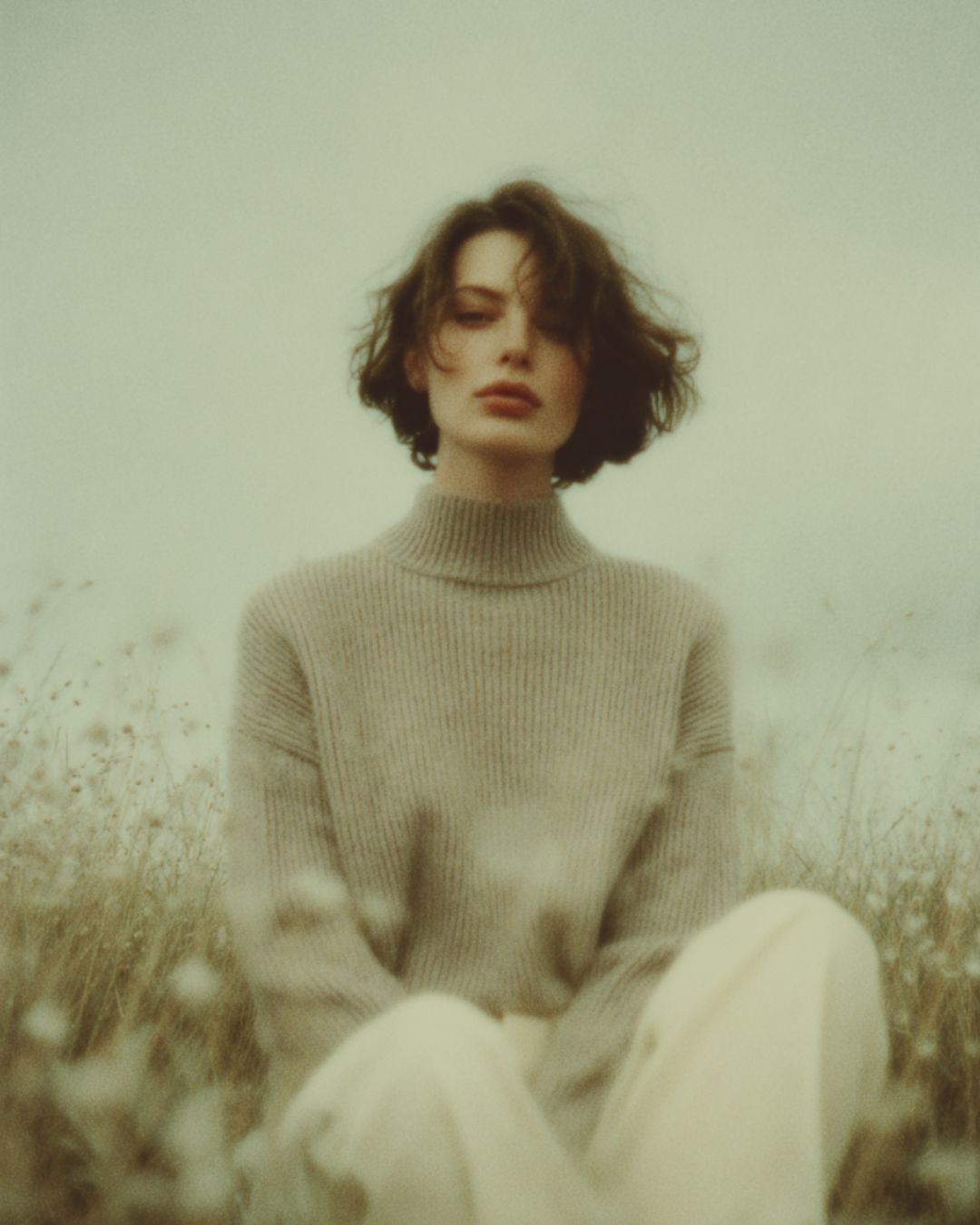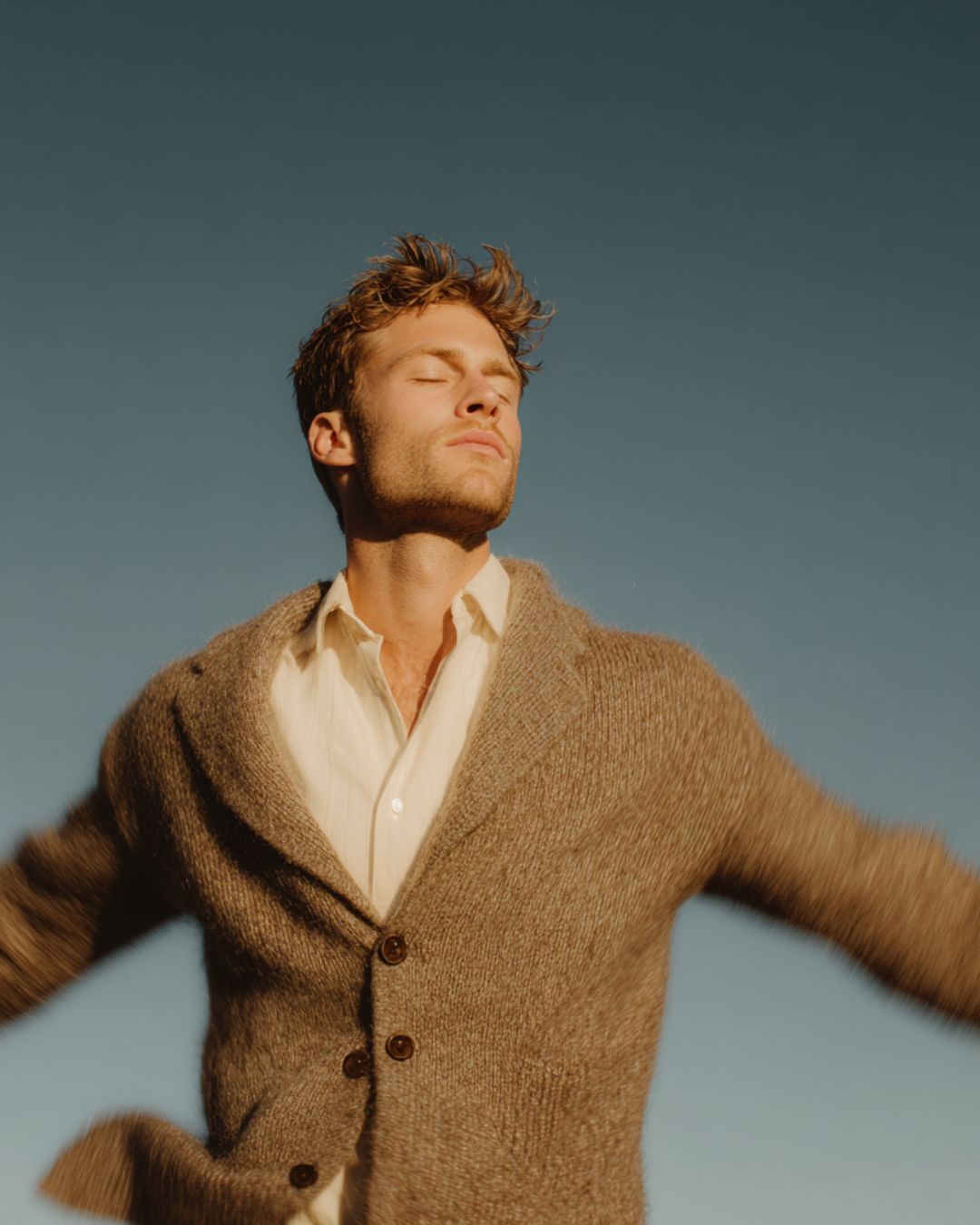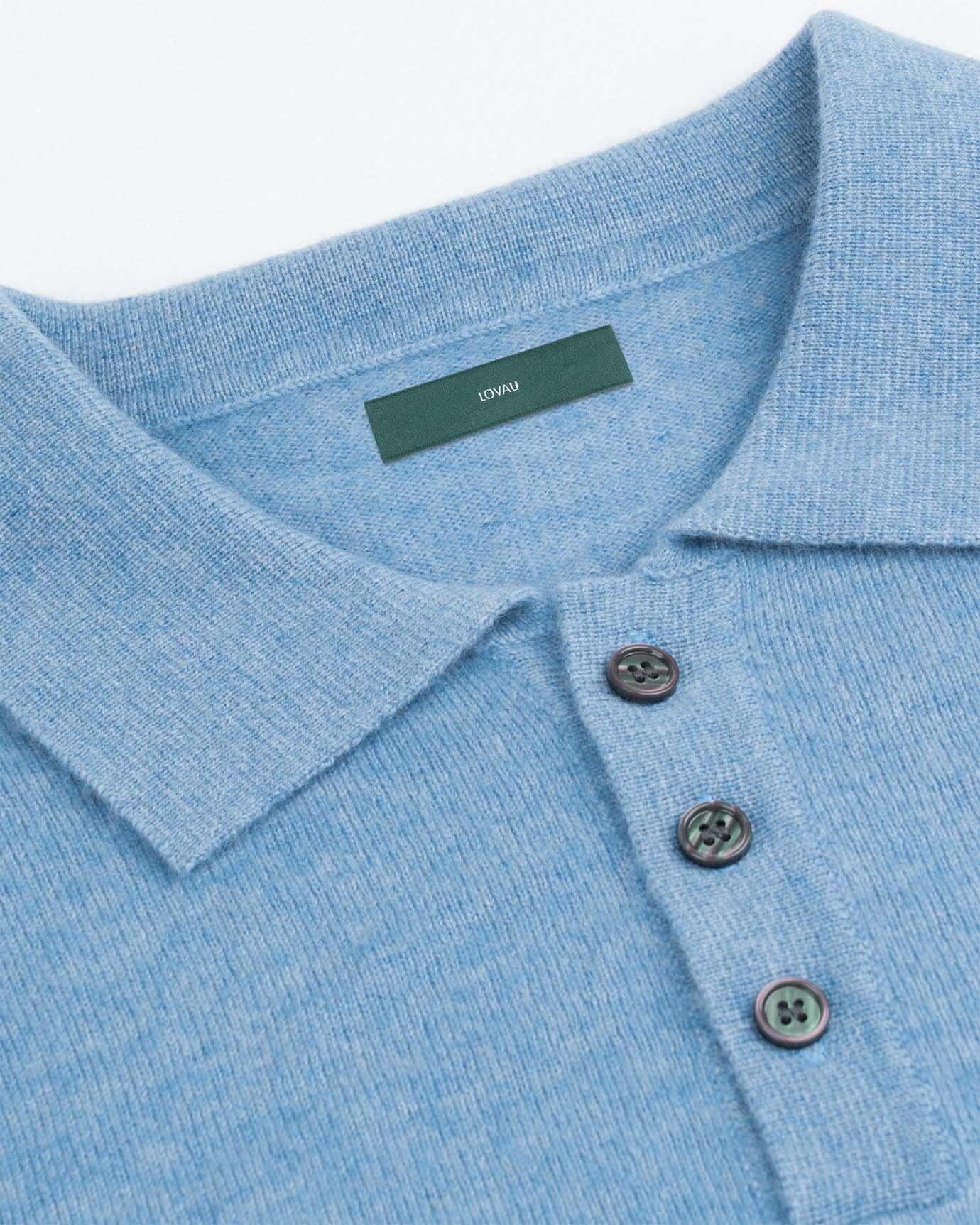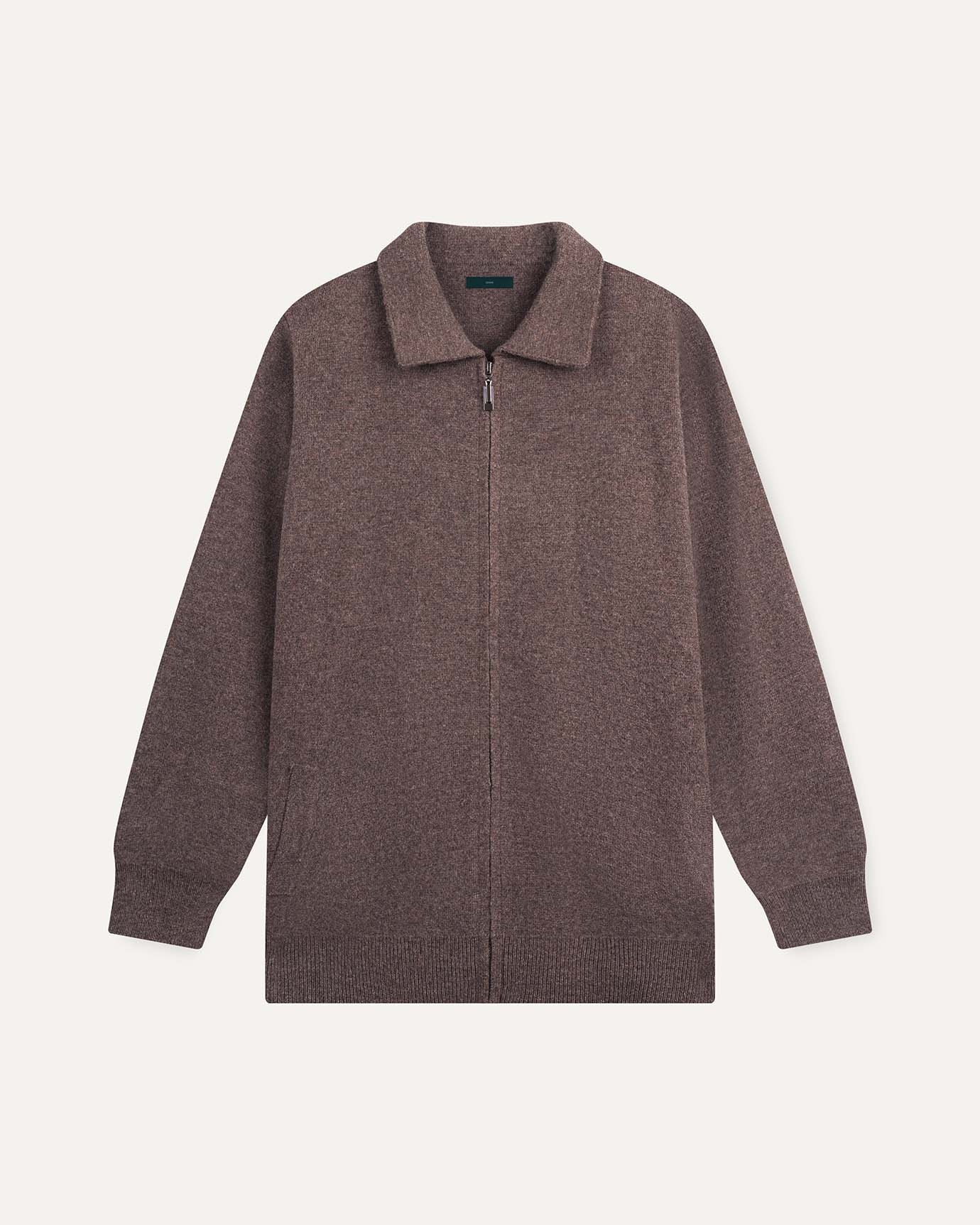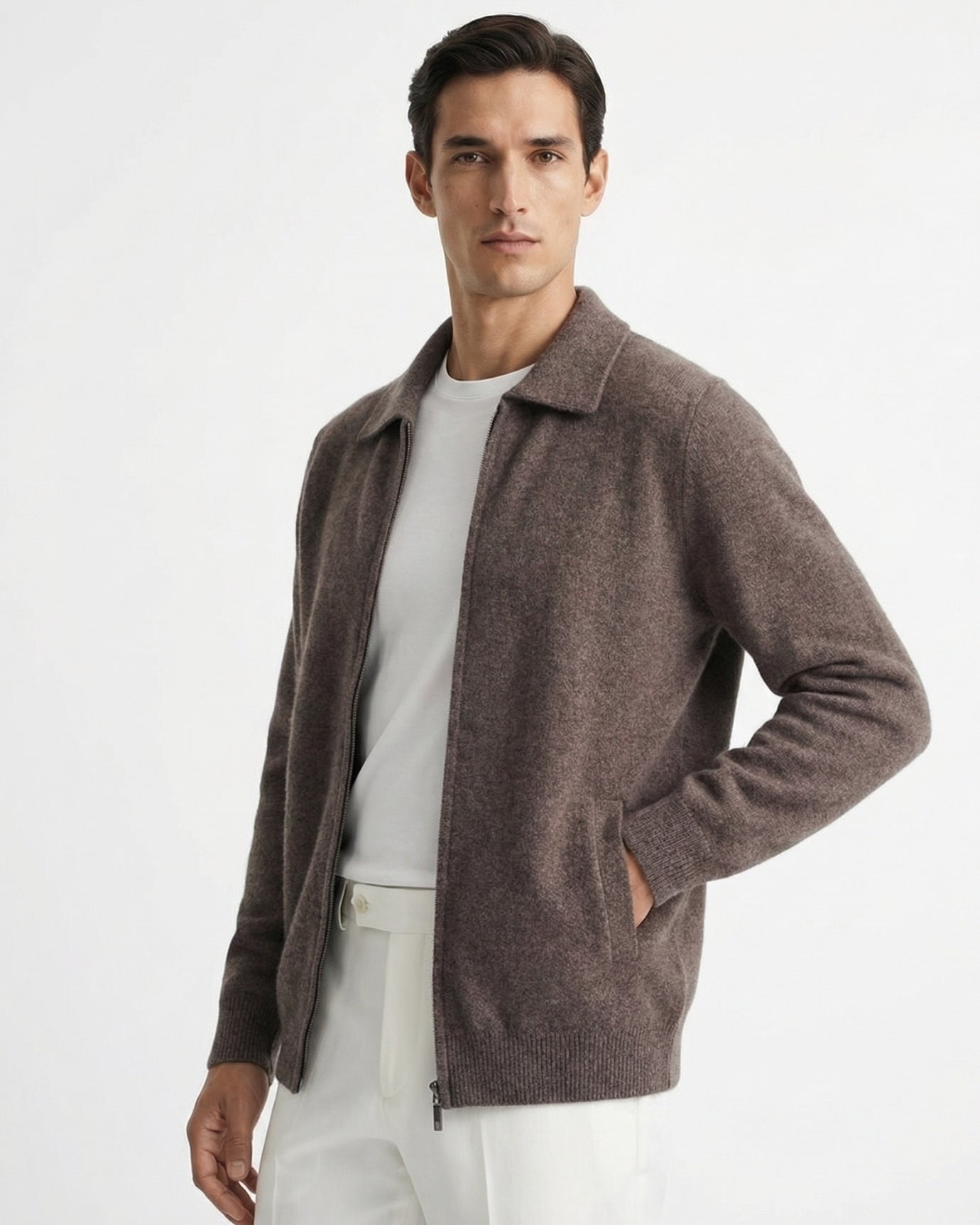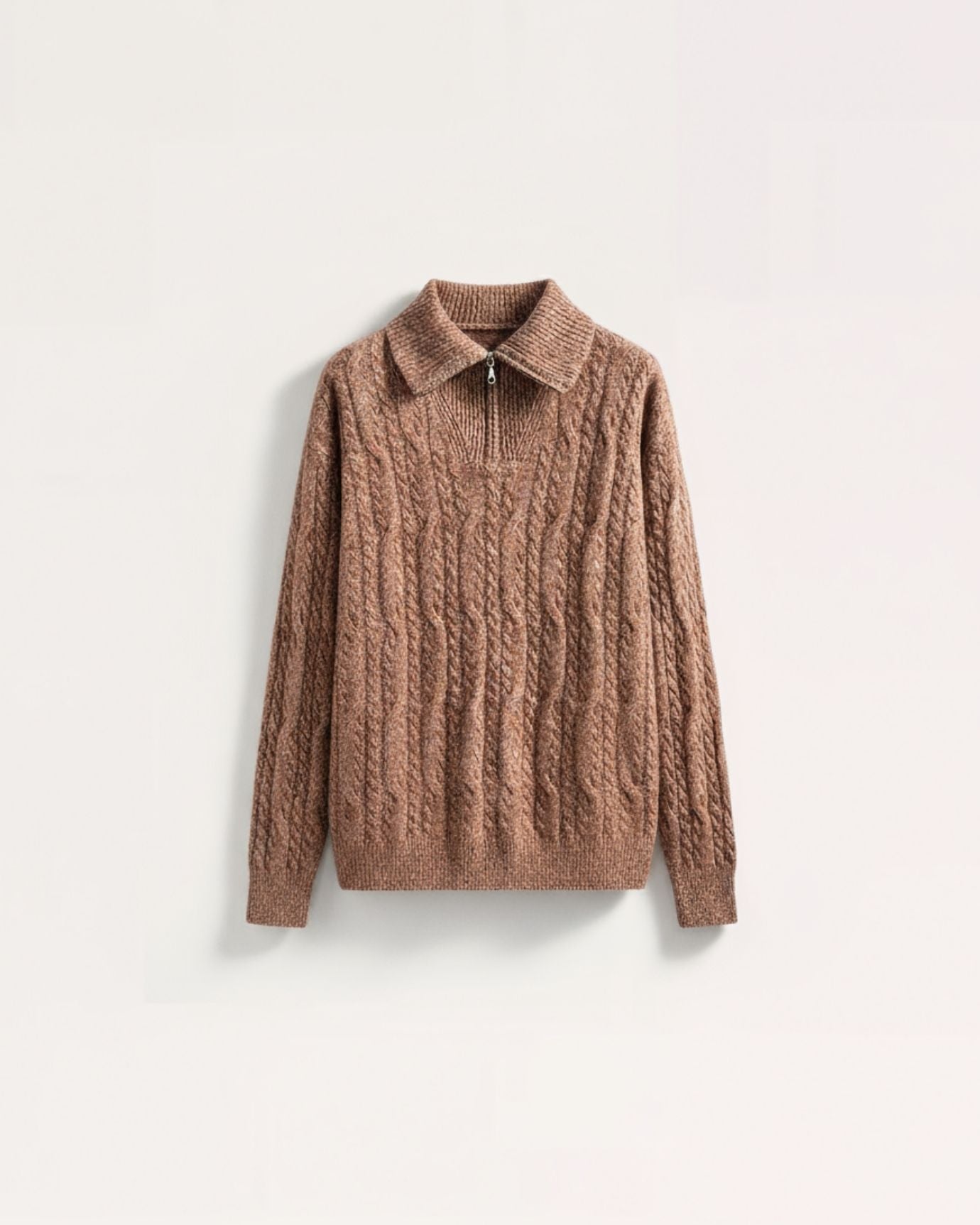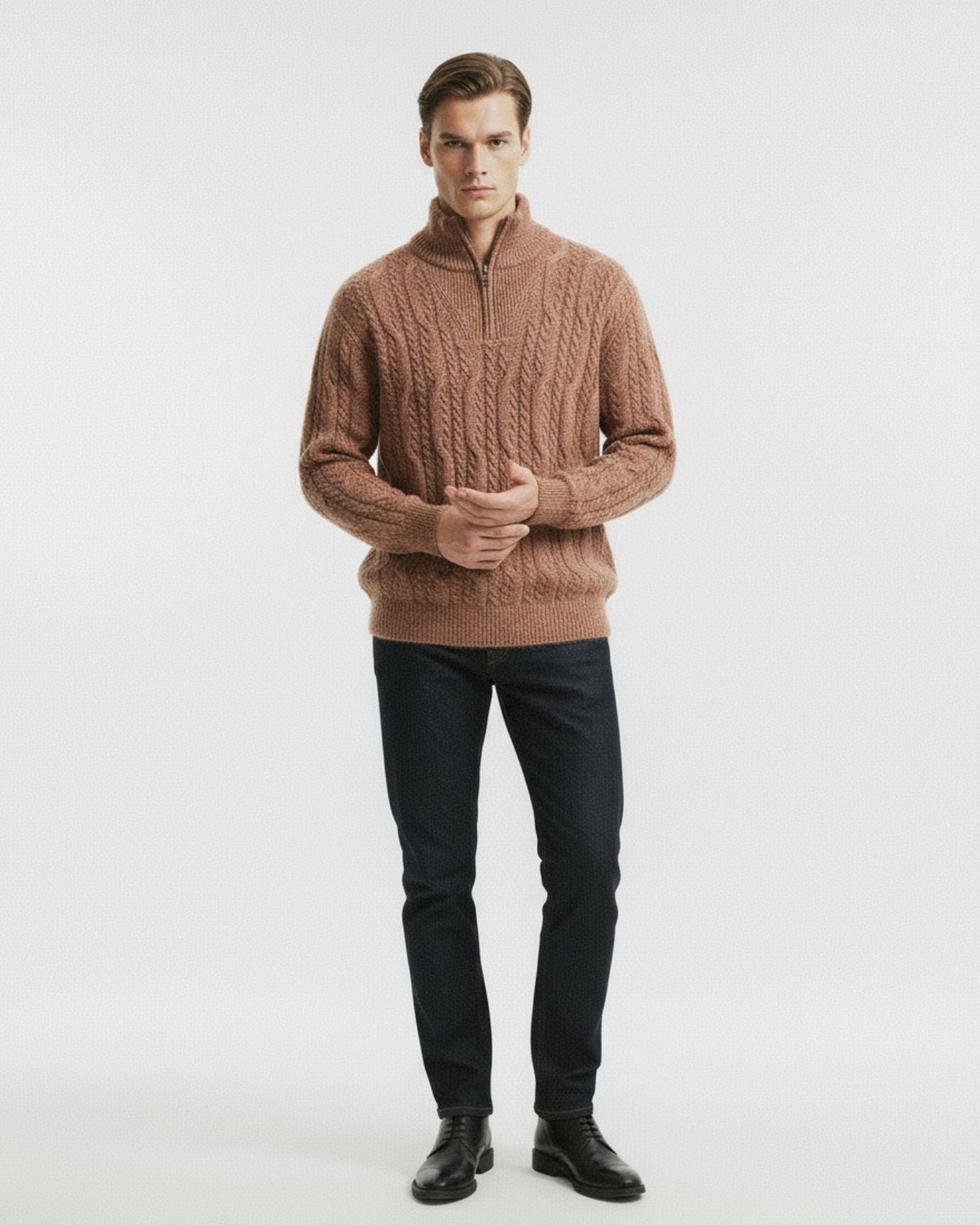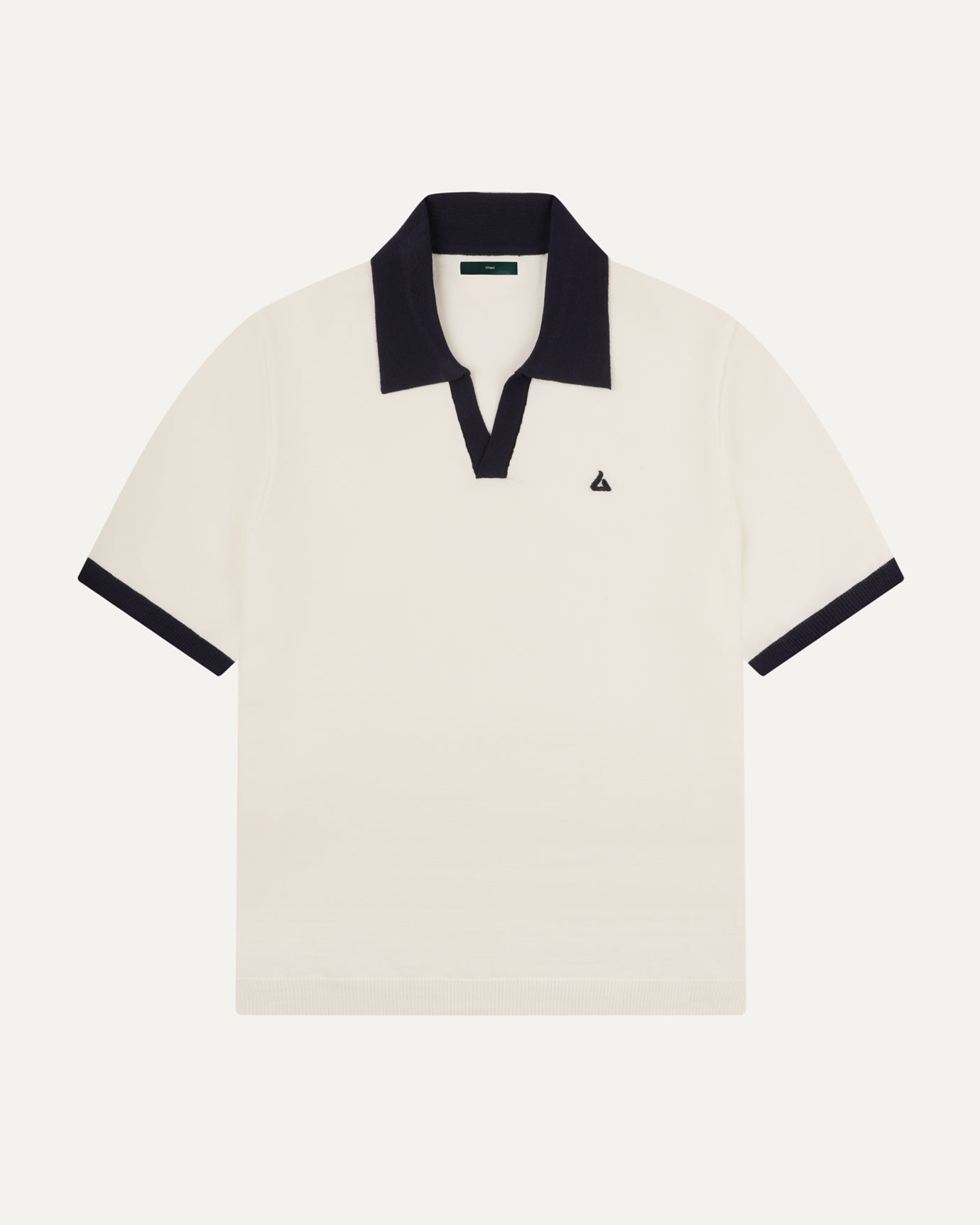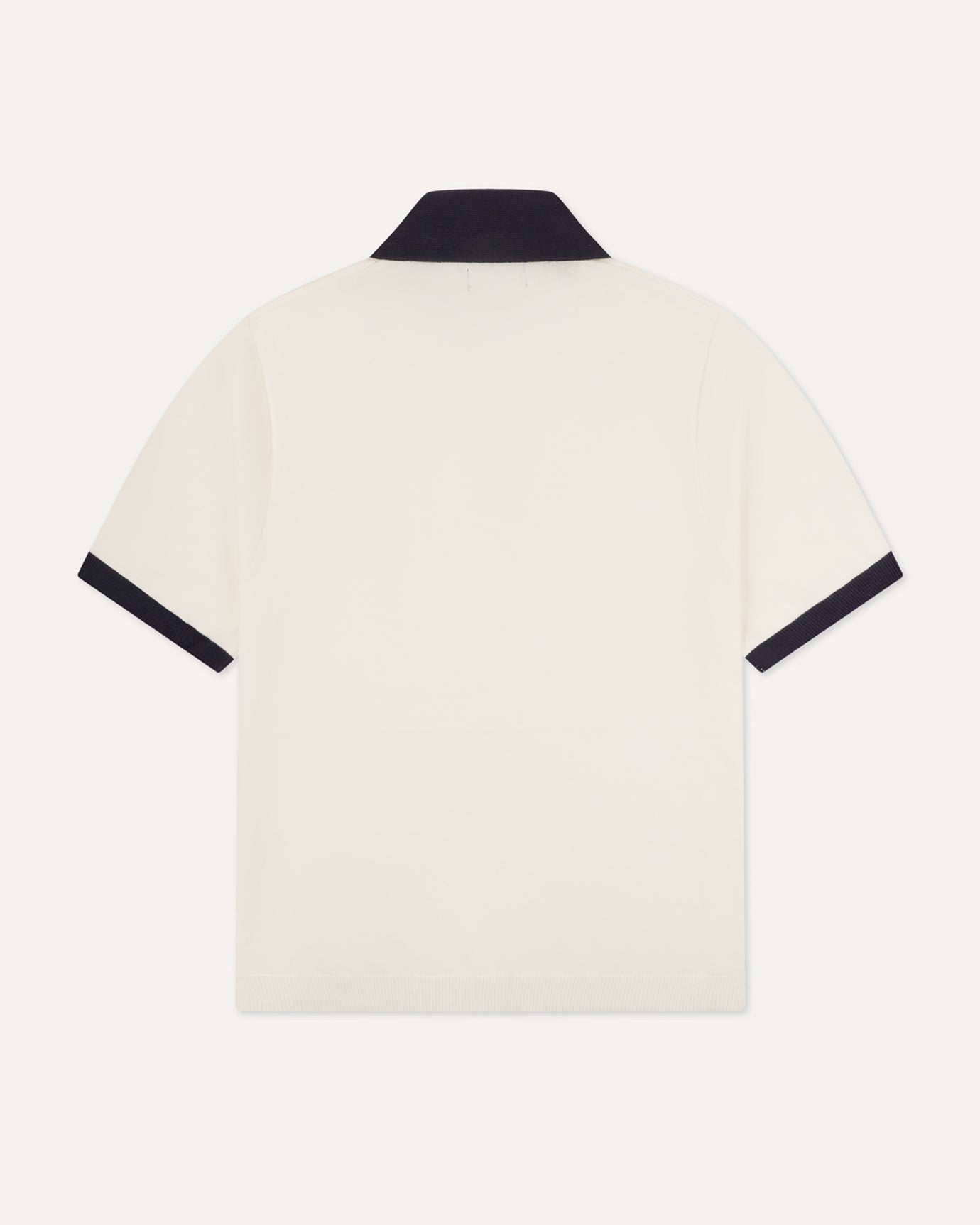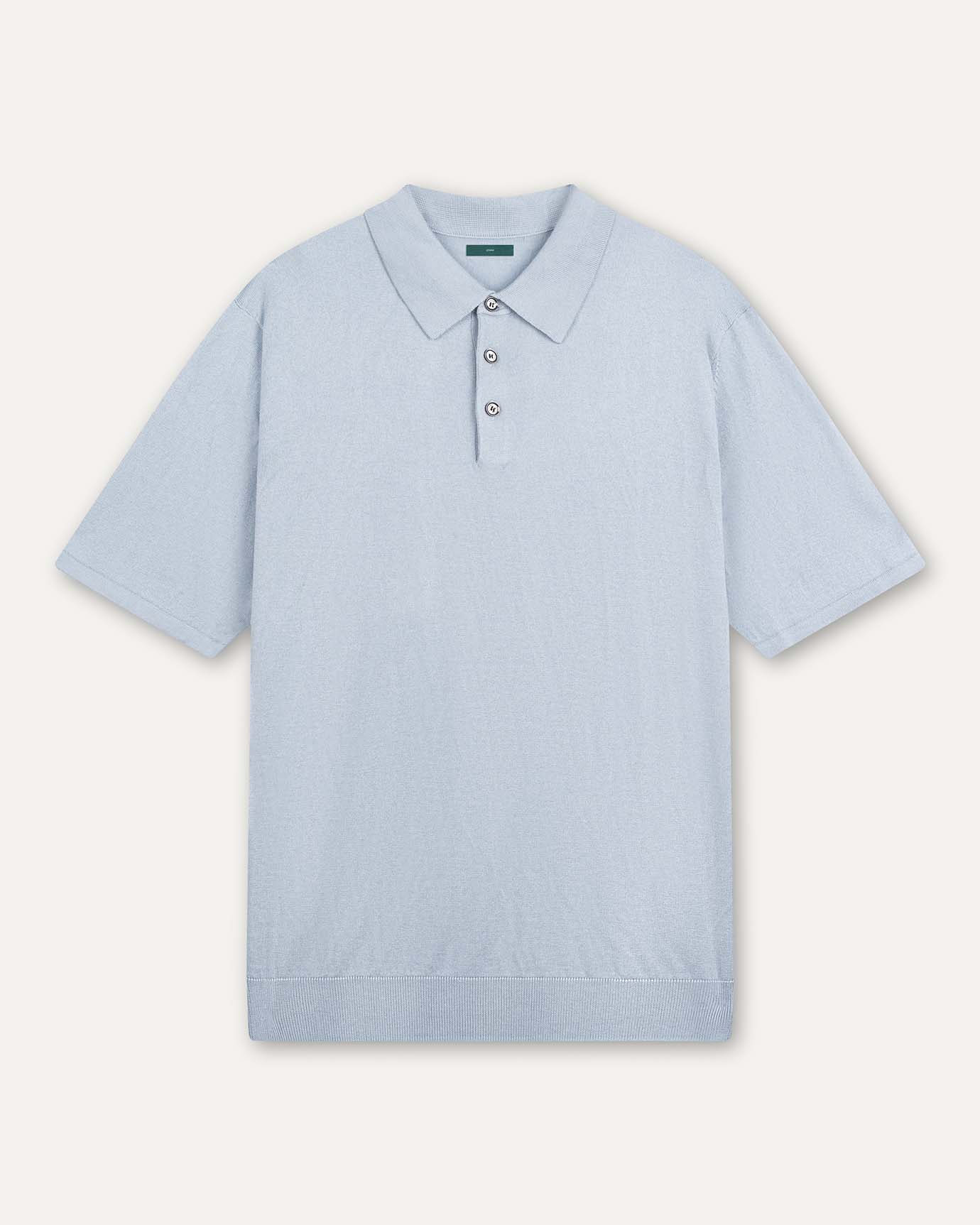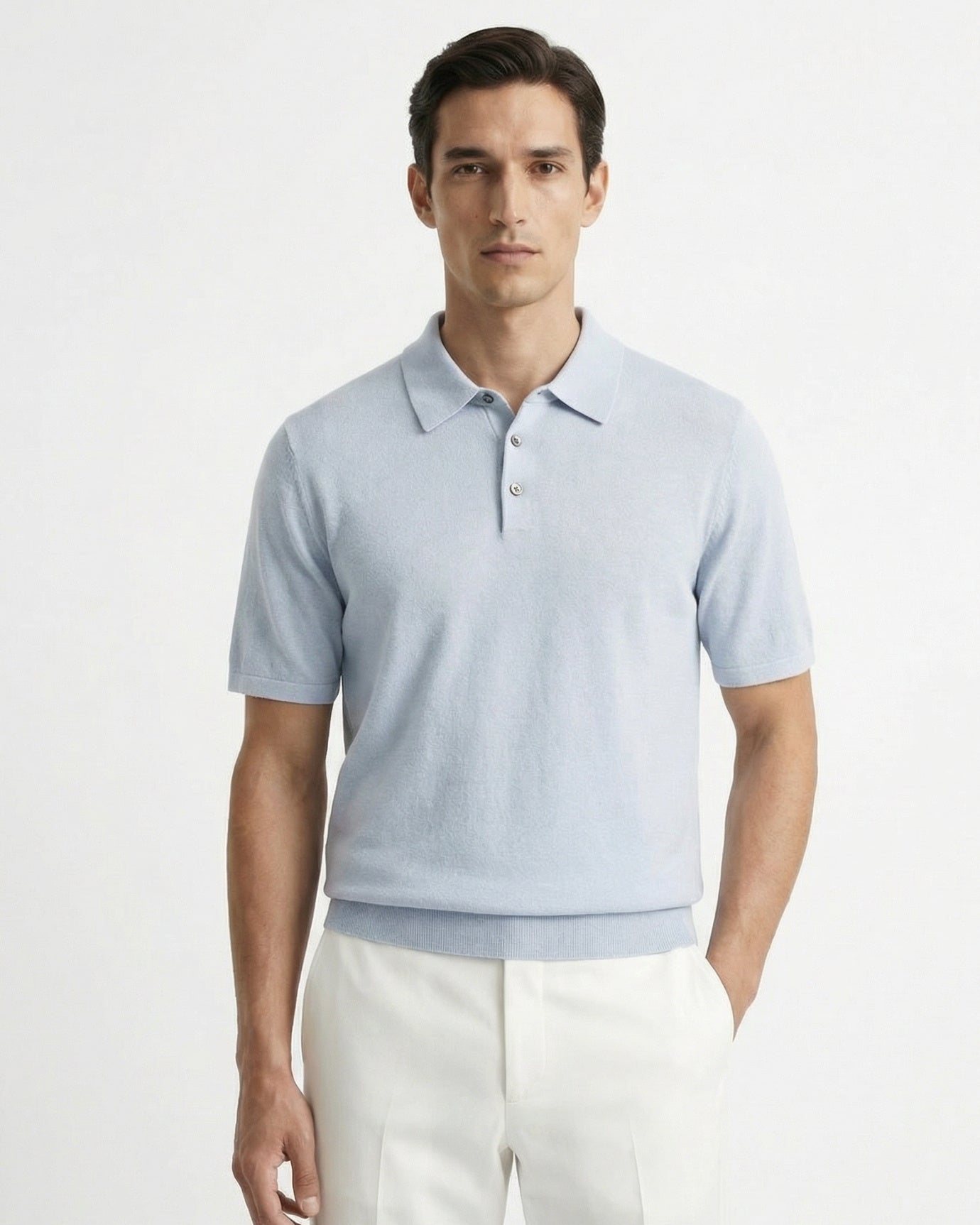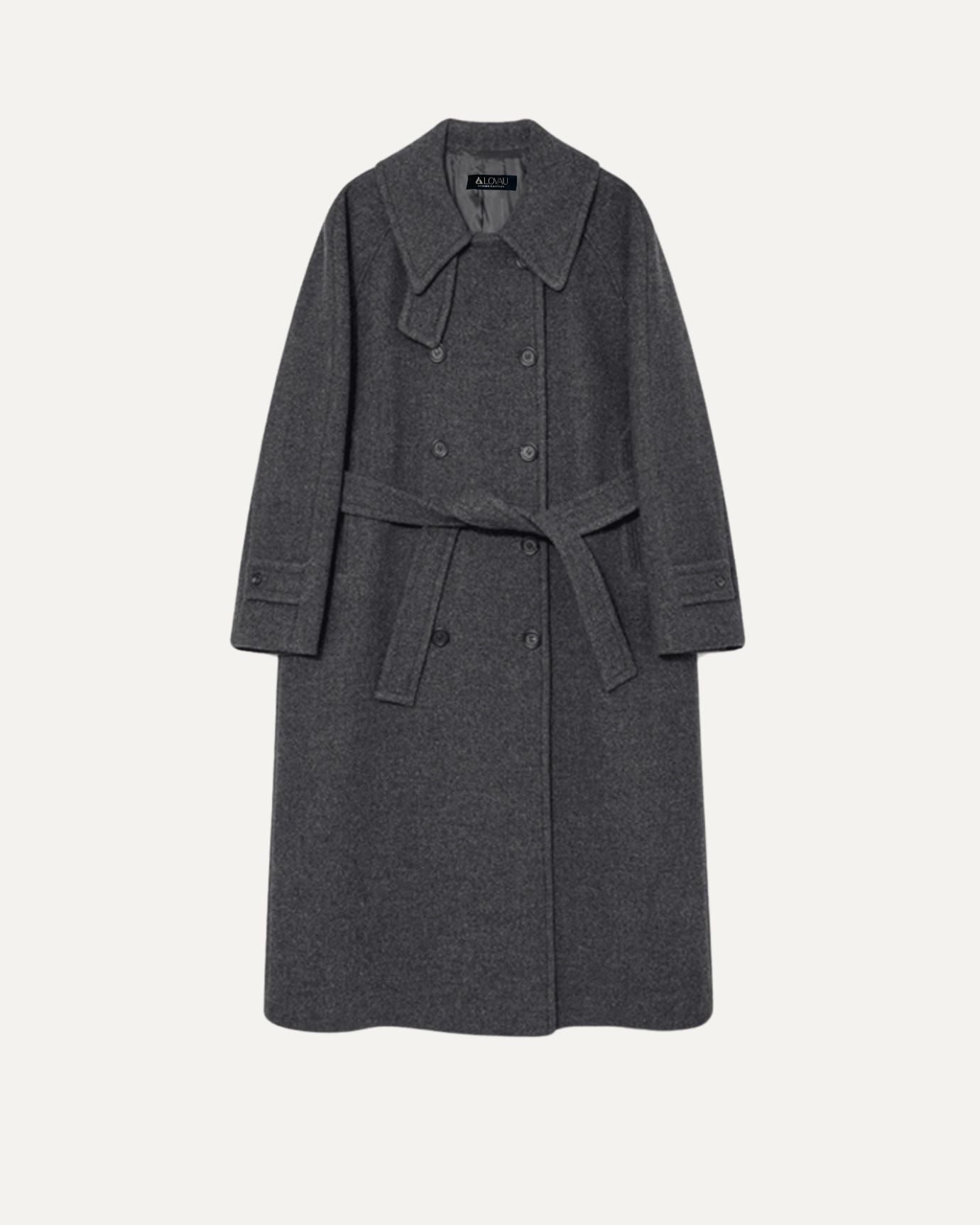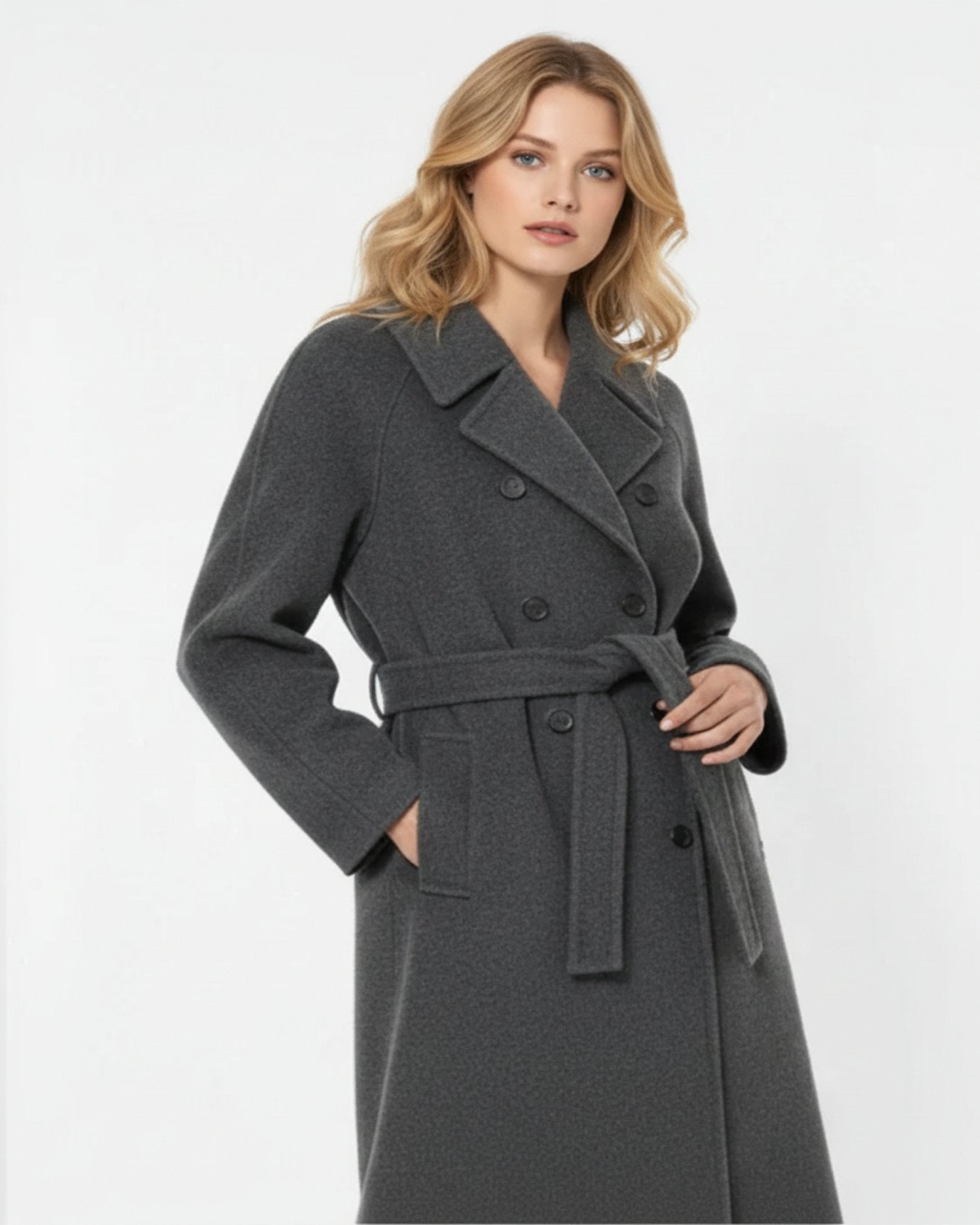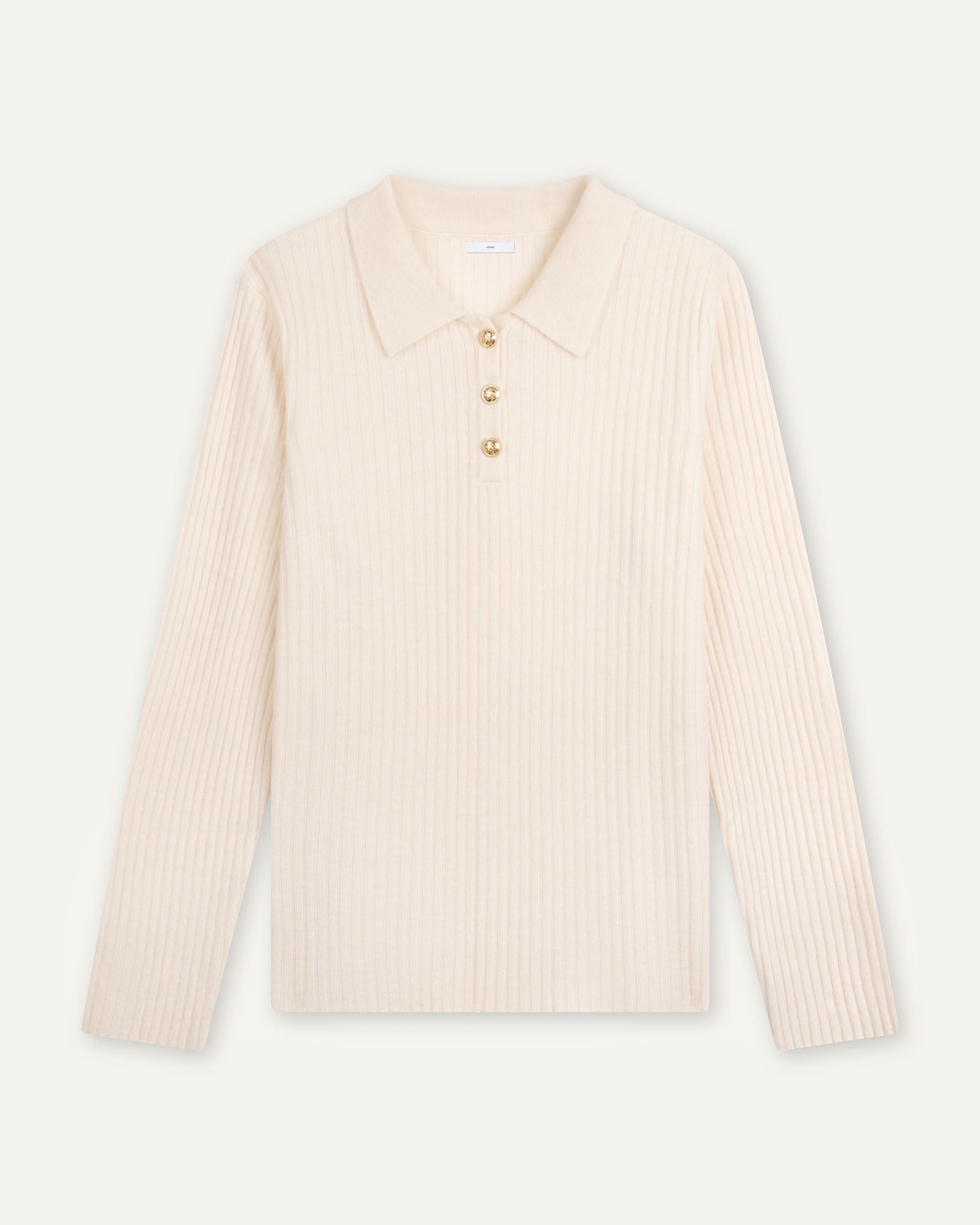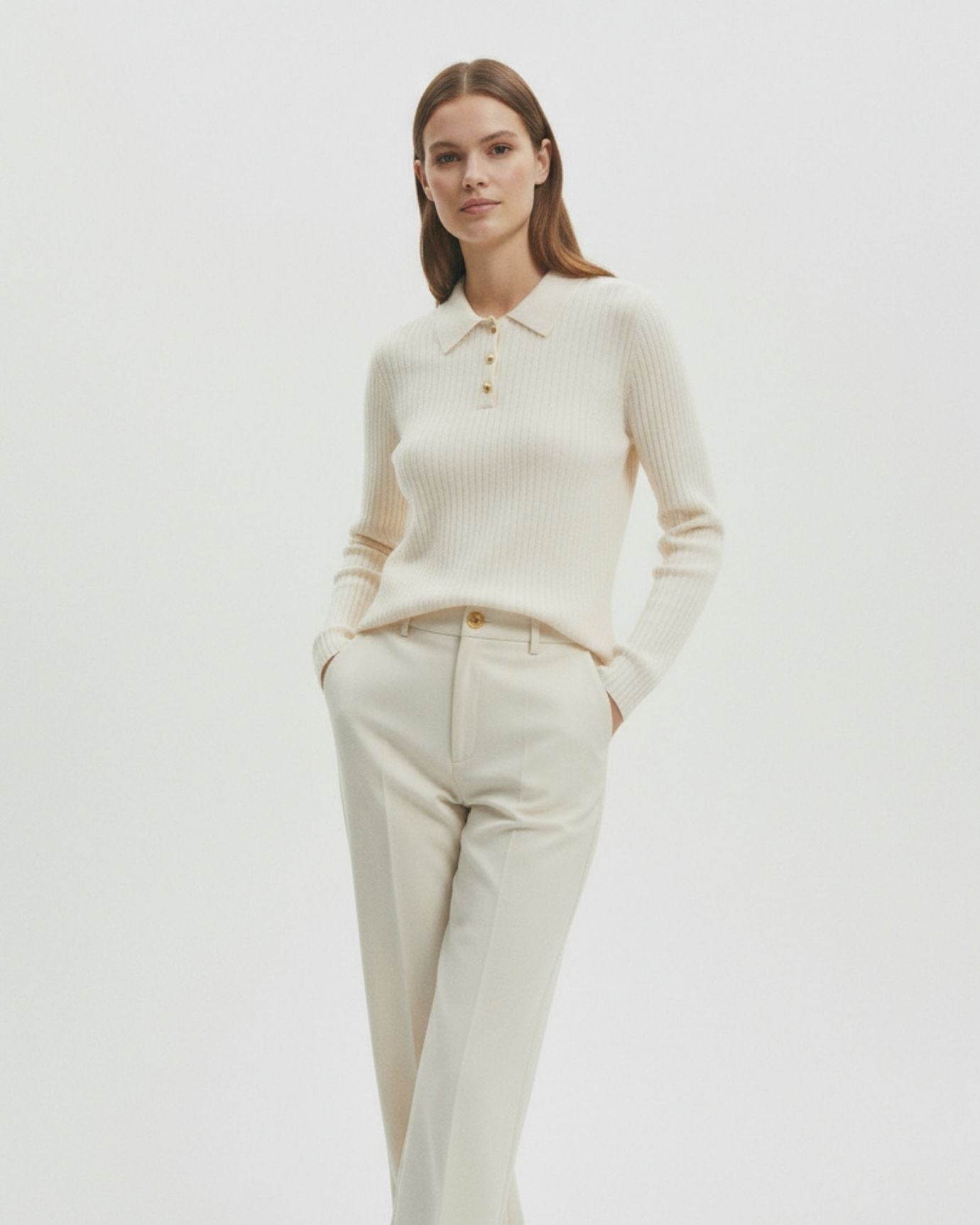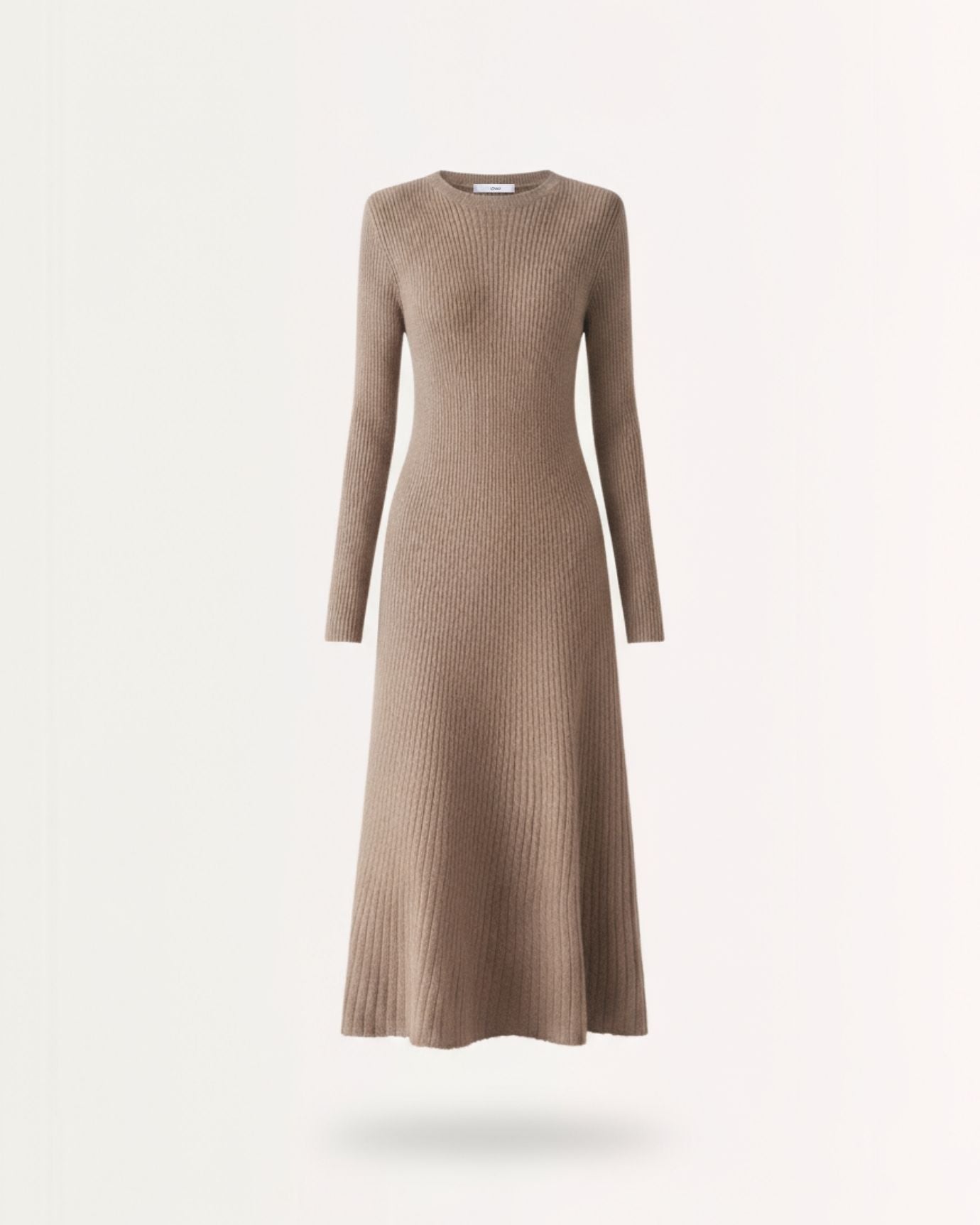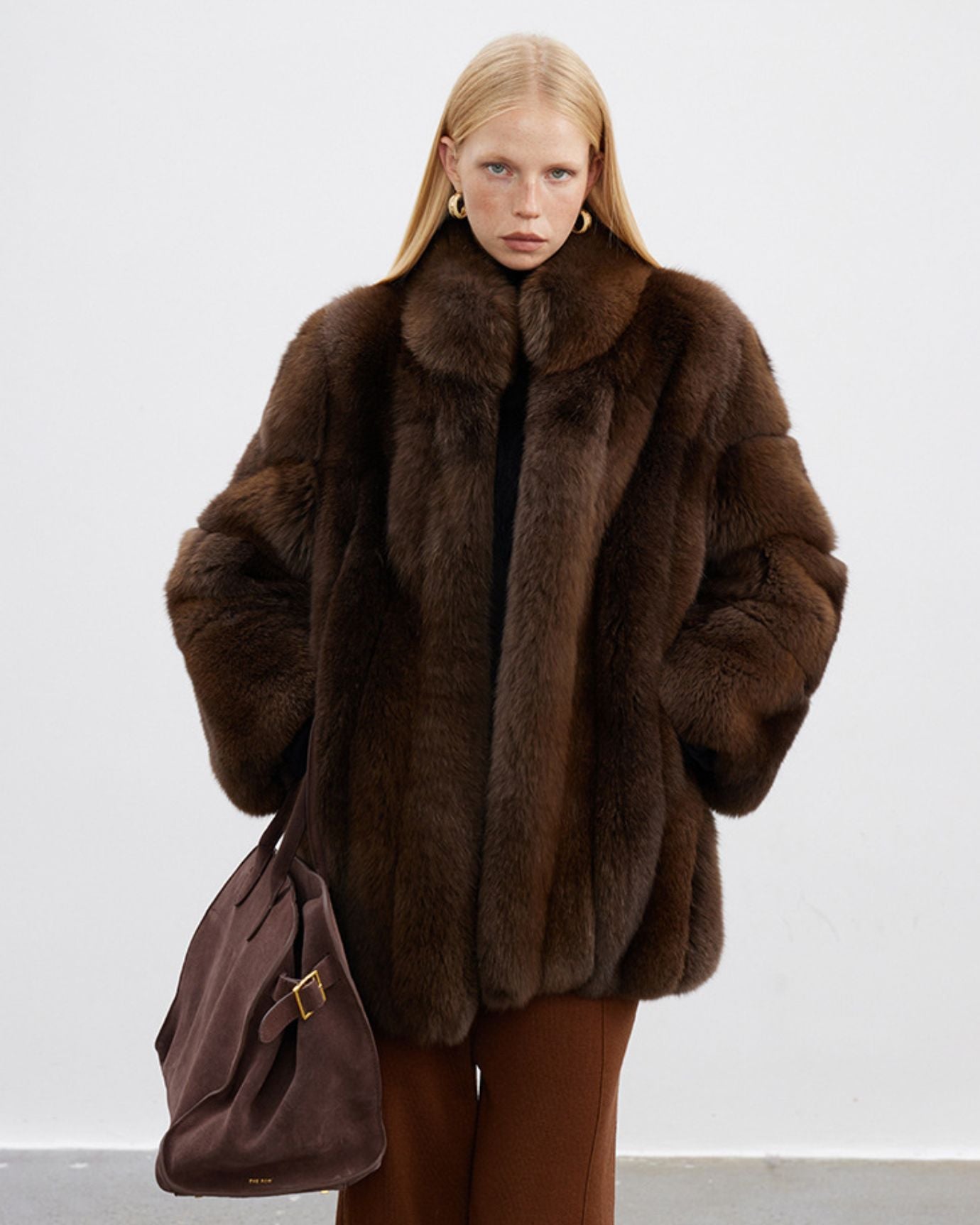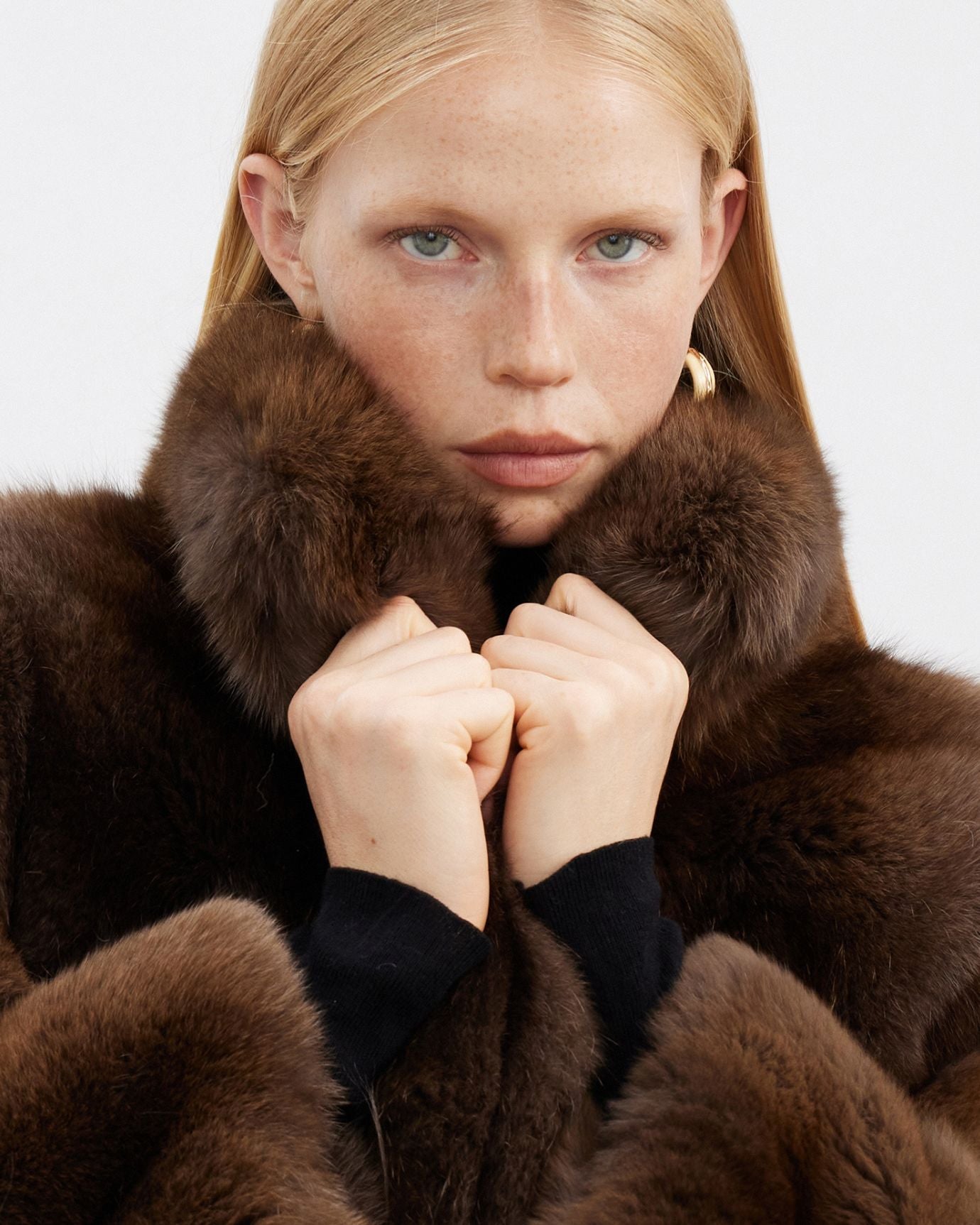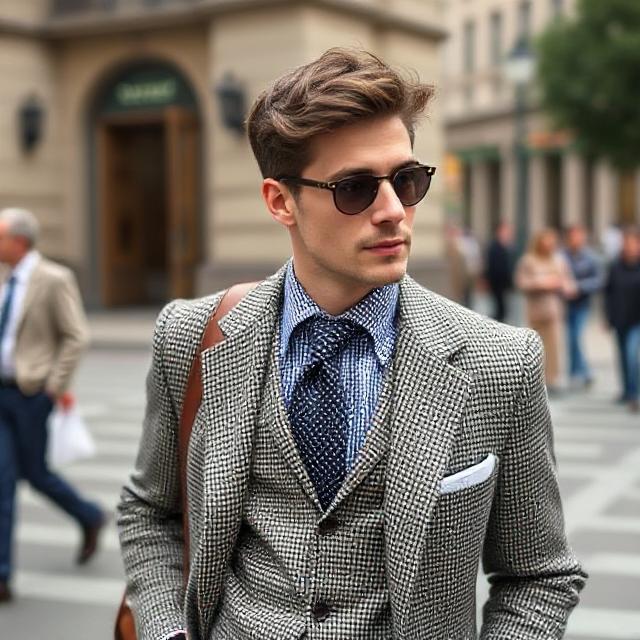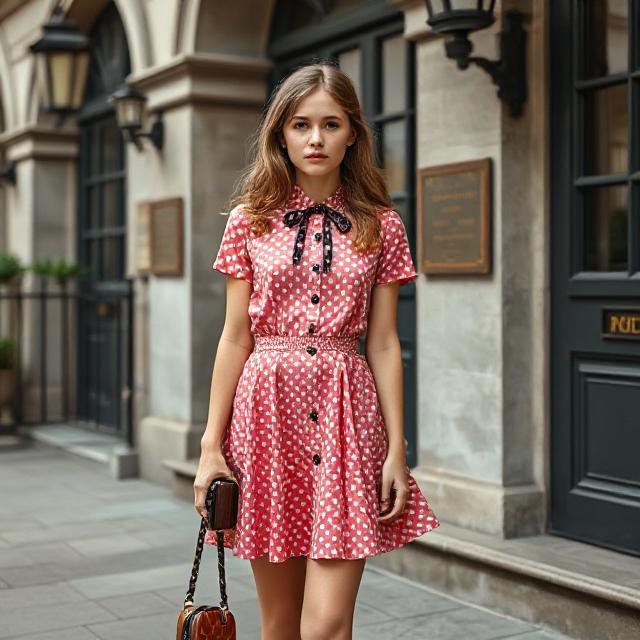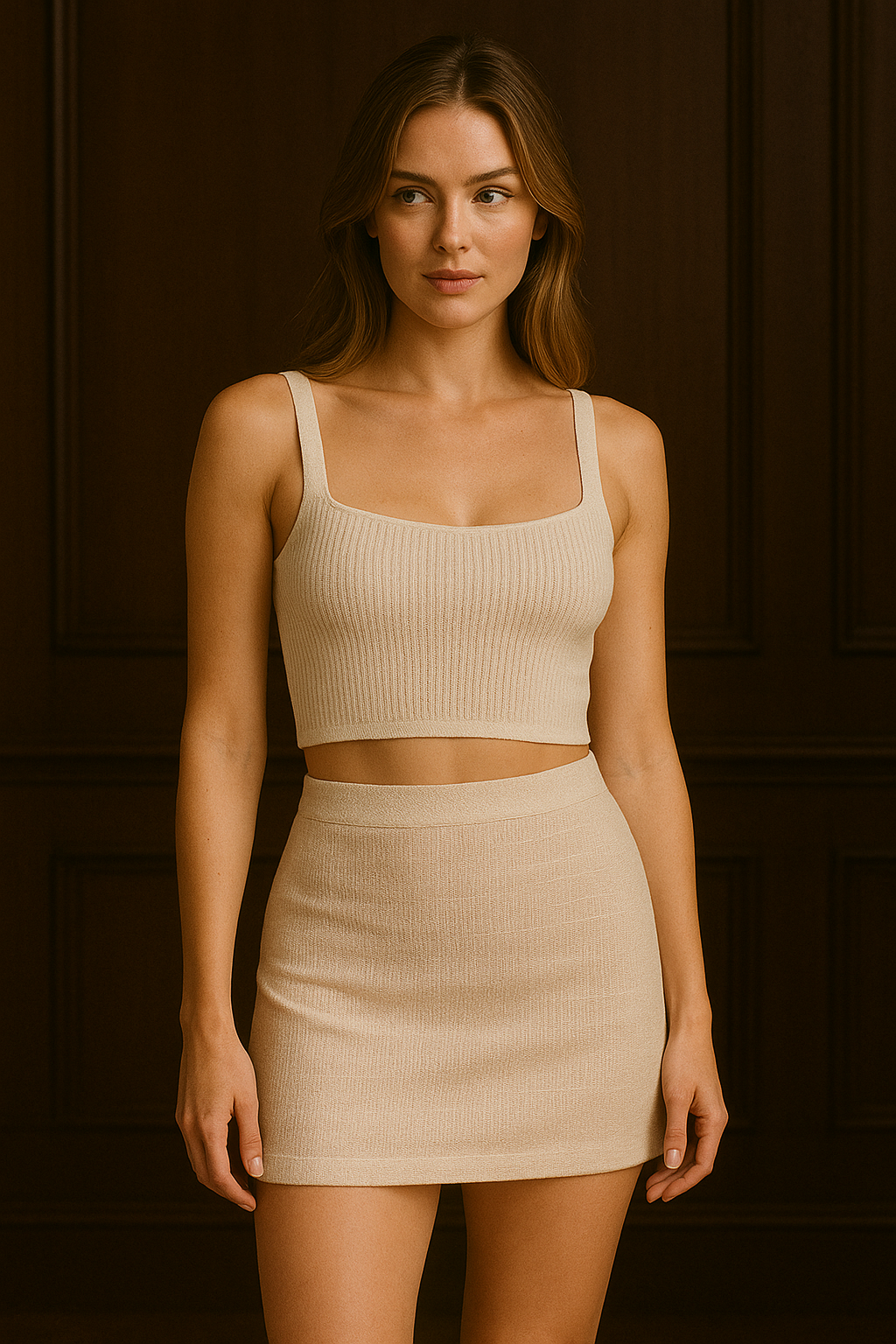
Why the Old Money Aesthetic Is Dominating 2025 Fashion
In a world where loud logos, fast fashion, and viral microtrends have exhausted our senses, 2025 marks a return to restraint, heritage, and timelessness. Enter the old money aesthetic—the quiet revolution in style that’s captured the imagination of fashion houses, influencers, and everyday dressers alike. Rooted in generational wealth, tradition, and quiet luxury, this aesthetic is not just a look. It’s a lifestyle.
So why is the old money aesthetic everywhere in 2025? Let’s explore the cultural, economic, and emotional reasons behind this enduring trend.
The Cultural Shift to Quiet Luxury
One of the clearest reasons for the rise of the old money aesthetic is the global pivot toward quiet luxury. In an era of economic uncertainty and digital overload, subtlety is the new status symbol. Logos are out. Quality, tailoring, and minimalism are in.
Today’s fashion consumers no longer want to scream wealth—they want to whisper sophistication. A cashmere sweater with no label says more than a logo-emblazoned sweatshirt ever could. This is the essence of old money: elegance without ego.

Gen Z’s Love Affair with Nostalgia
Surprisingly, it’s Gen Z—typically the generation of TikTok trends and bold experimentation—that’s leading the charge. Young fashion lovers are obsessed with the aesthetic of legacy: archival Ralph Lauren campaigns, Princess Diana’s off-duty outfits, and Ivy League prep schools.
This nostalgia is not just about style; it’s about longing for stability in a chaotic world. The timelessness of the old money aesthetic feels like a refuge from trend fatigue. In 2025, Gen Z isn’t chasing clout—they’re chasing class.
The Influence of “Stealth Wealth” TV & Media
Shows like Succession, The Crown, and The Gilded Age have romanticized the world of discreet affluence. Characters clad in tweed coats, fine wool trousers, and vintage heirloom jewelry project power without ever flaunting it.
This media influence has created a visual template for aspirational dressing: think neutral tones, bespoke tailoring, and monochromatic layering. The impact is so strong that fashion brands have shifted their campaigns to channel the same energy—silent power over flash.
Fashion Houses Going Back to Basics
Luxury fashion brands in 2025 are focusing less on theatrical collections and more on foundational pieces. Brands like Loro Piana, Brunello Cucinelli, and The Row have become the standard-bearers of old money dressing with designs that are polished, serene, and seasonless.
Even previously logo-heavy houses like Gucci and Balenciaga are paring back. The emphasis is now on timeless craftsmanship, heritage fabrics, and understated silhouettes that won’t age out by next season.
Social Media’s “Understated Chic” Trend
On platforms like Instagram and TikTok, aesthetics like #OldMoneyStyle, #QuietLuxury, and #SoftClass are trending globally. Influencers with curated feeds of cream cashmere, silk scarves, and Georgian manor houses are replacing maximalist trendsetters.
The appeal? This aesthetic feels achievable and aspirational at once. It suggests a life of morning walks on private estates, antique-filled interiors, and holidays in the Riviera. The old money lifestyle isn’t just a wardrobe—it’s a curated dream.
The Rejection of Disposable Fashion
The fashion industry has seen a sharp consumer pushback against wasteful consumption. People are ditching fast fashion hauls for investment dressing. A core tenet of the old money aesthetic is longevity: owning fewer, higher-quality pieces you can wear for a lifetime.
In 2025, capsule wardrobes are the new norm—and the old money look provides the perfect blueprint. A tailored blazer, well-made loafers, wool trousers, and heirloom accessories speak to values like sustainability, taste, and legacy.
The Rise of “Heritage Dressing”
More than ever, fashion is about identity. People are increasingly embracing clothing that reflects family values, traditions, and personal stories. Old money style, with its connection to elite schools, countryside traditions, and European refinement, symbolizes a return to depth in dressing.
Heirloom watches, monogrammed rings, and vintage handbags aren’t just style choices—they’re narratives. In a digital world filled with filters and fakes, authenticity is king—and heritage dressing delivers.
Men’s Fashion Is Slowing Down, Too
The old money aesthetic isn't just for women. In 2025, men’s fashion has also embraced this grounded elegance. Think double-breasted blazers, penny loafers, rugby shirts, and chinos. Gone are the days of excessive streetwear drops and sneaker hype.
Today’s most stylish men look like they just stepped off the yacht in St. Tropez or out of a boardroom at Oxford—cultured, understated, polished.
Globalization of European Aristocratic Style
What was once reserved for British royals or East Coast elites is now global. From Tokyo to Nairobi to Buenos Aires, the old money aesthetic has transcended borders. Brands are blending traditional Western preppy elements with local elegance, creating regionally inspired versions of the same timeless look.
This globalization of old money fashion proves that elegance is universal—and everyone wants a piece of that understated charm.

Emotional Dressing: Comfort, Control & Class
Finally, the popularity of the old money aesthetic is rooted in emotional resonance. In a world that feels increasingly chaotic, people want to dress in ways that feel calming, composed, and comforting. There’s a sense of control in structured blazers and tonal dressing.
Old money fashion isn’t flashy—it’s psychologically grounding. It tells the world: “I’m not in a rush. I’m not trying too hard. I already have what I need.”
Final Thoughts: A Trend That’s Not a Trend
What makes the old money aesthetic so compelling in 2025 is that it’s not really a trend. It doesn’t belong to this year, this decade, or even this century. It’s a legacy of style—passed down, not made viral.
While other styles rise and fall, the old money aesthetic endures because it never needed to prove itself. It was always about elegance, and in 2025, elegance reigns again.


